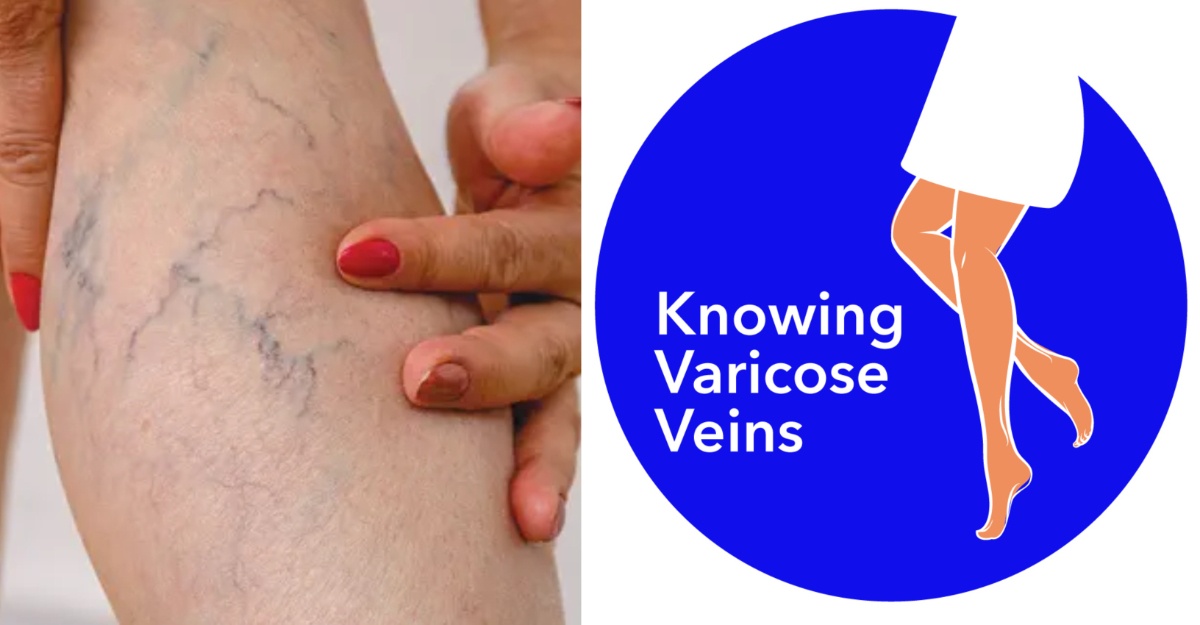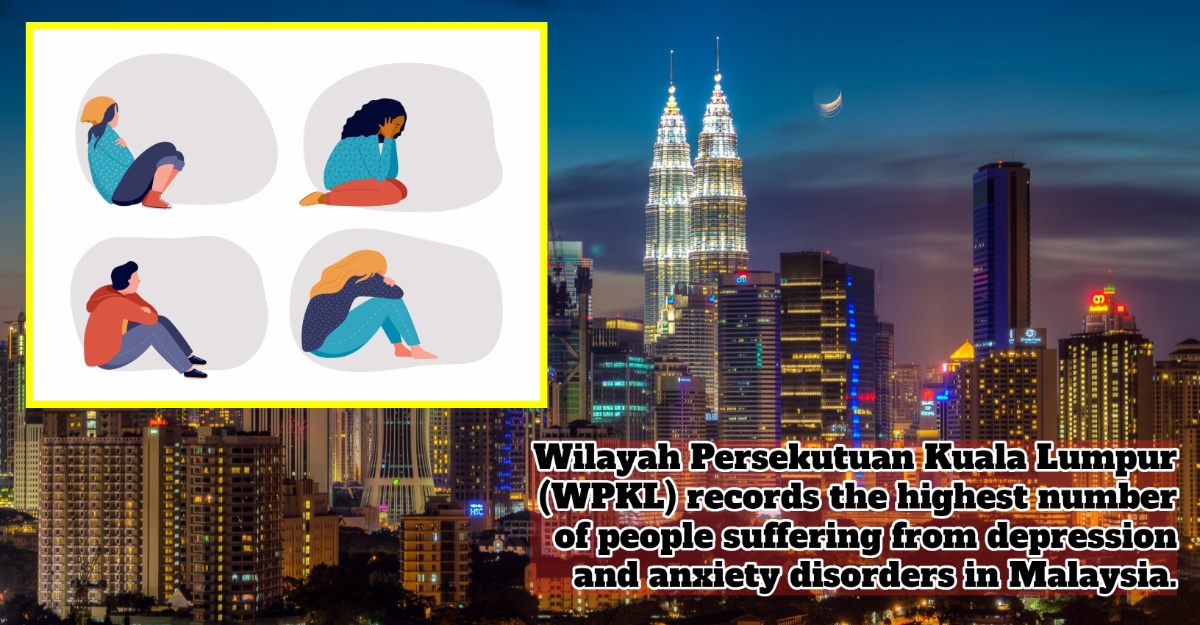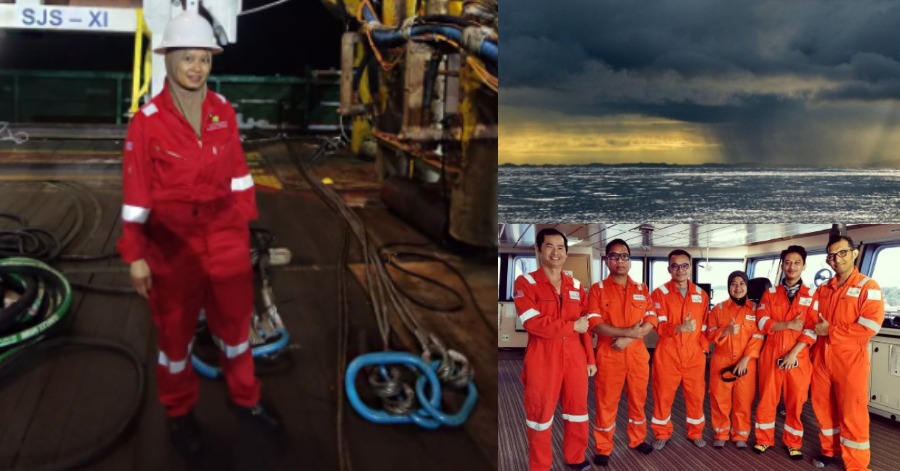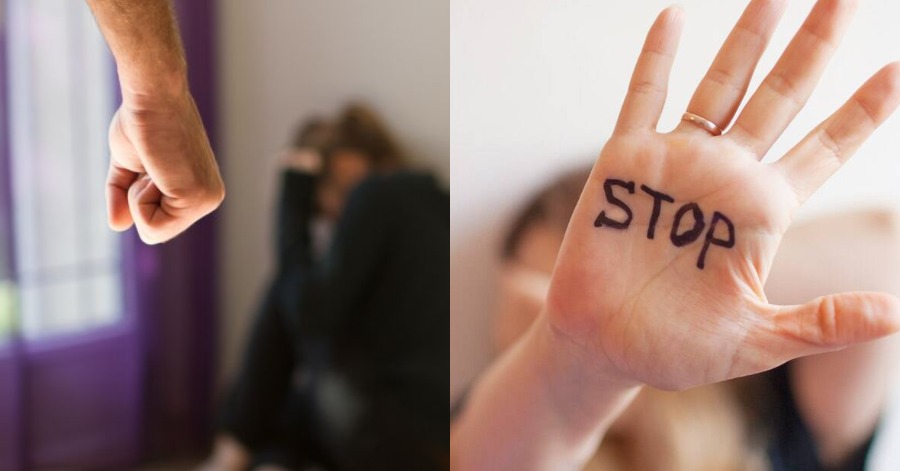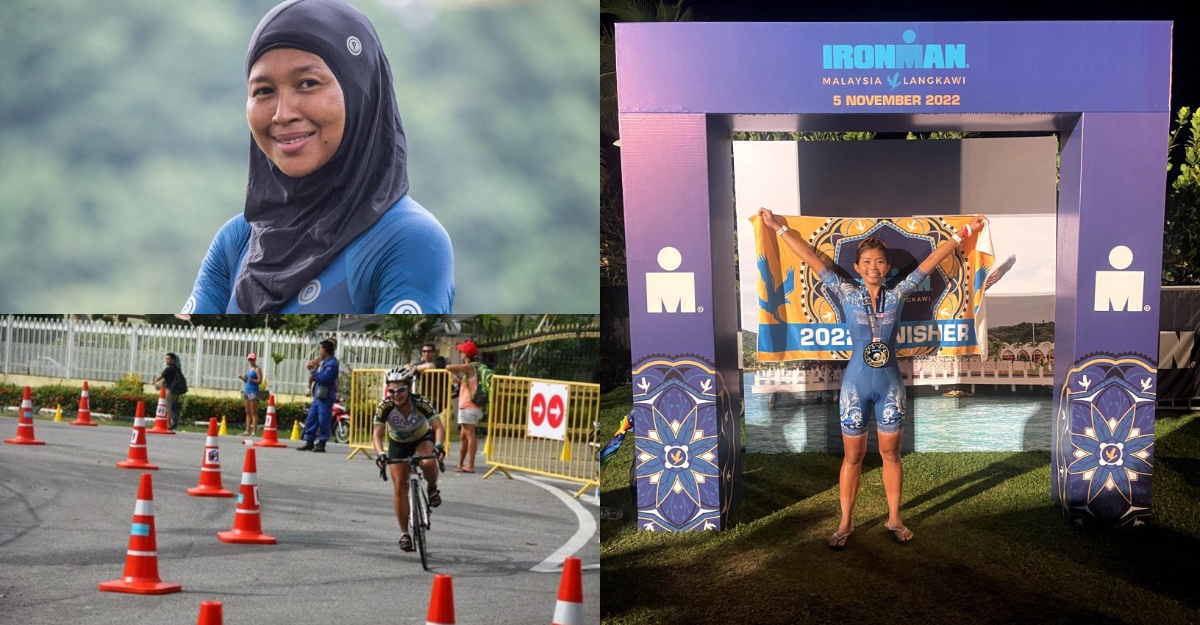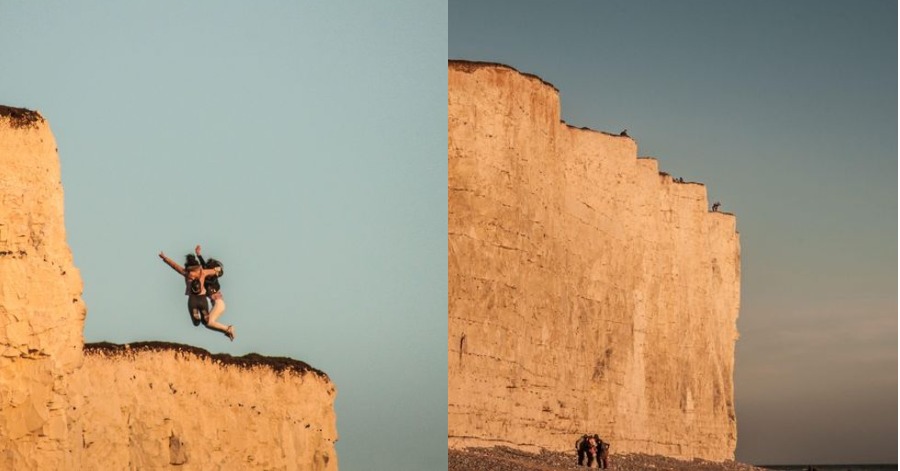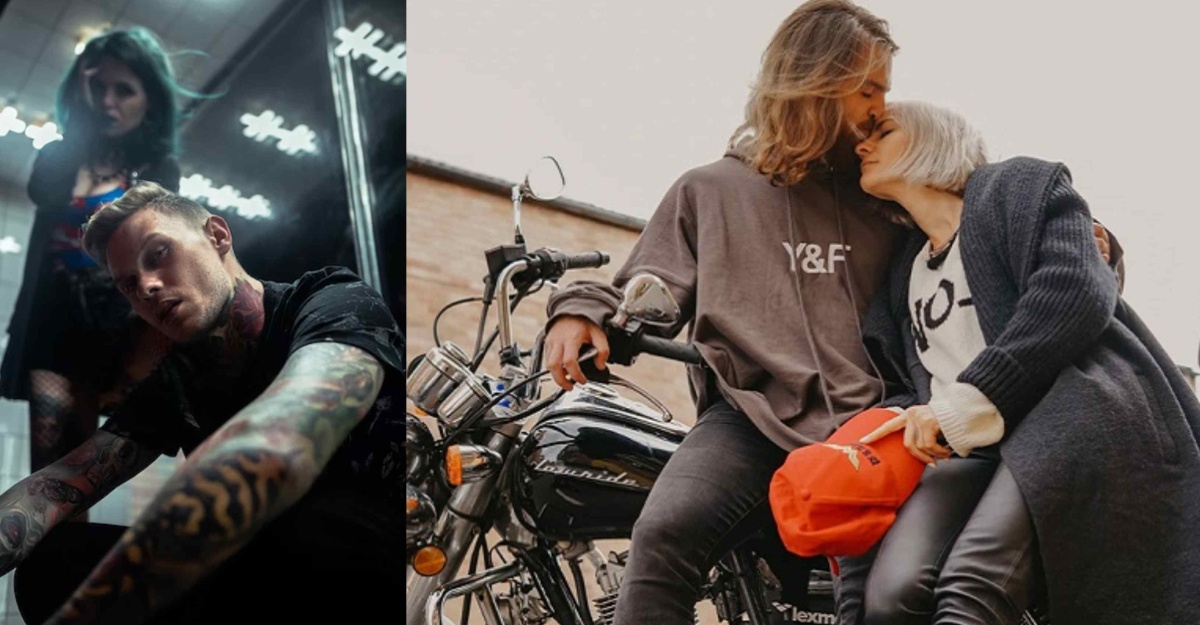Background of Study
Varicose veins are a progressive and debilitating condition that predominantly affects women. Risk factors include hormonal changes, pregnancy, obesity, family history, and a long period of sitting and standing. An often-downplayed condition, the early signs of varicose veins mask as common muscle aches, discomfort, and heaviness of the legs. Misinformation exists amongst both patients and healthcare practitioners alike, thus resulting in low priority for concern and delayed treatment.
With knowledge of the disease condition and access to appropriate and timely medical attention, we can sustain the patient’s quality of life without compromising on lifestyle. This survey was carried out to assess the sentiments of Malaysians on varicose veins, as well as to measure knowledge and awareness of varicose veins, their symptoms, and treatment methods.
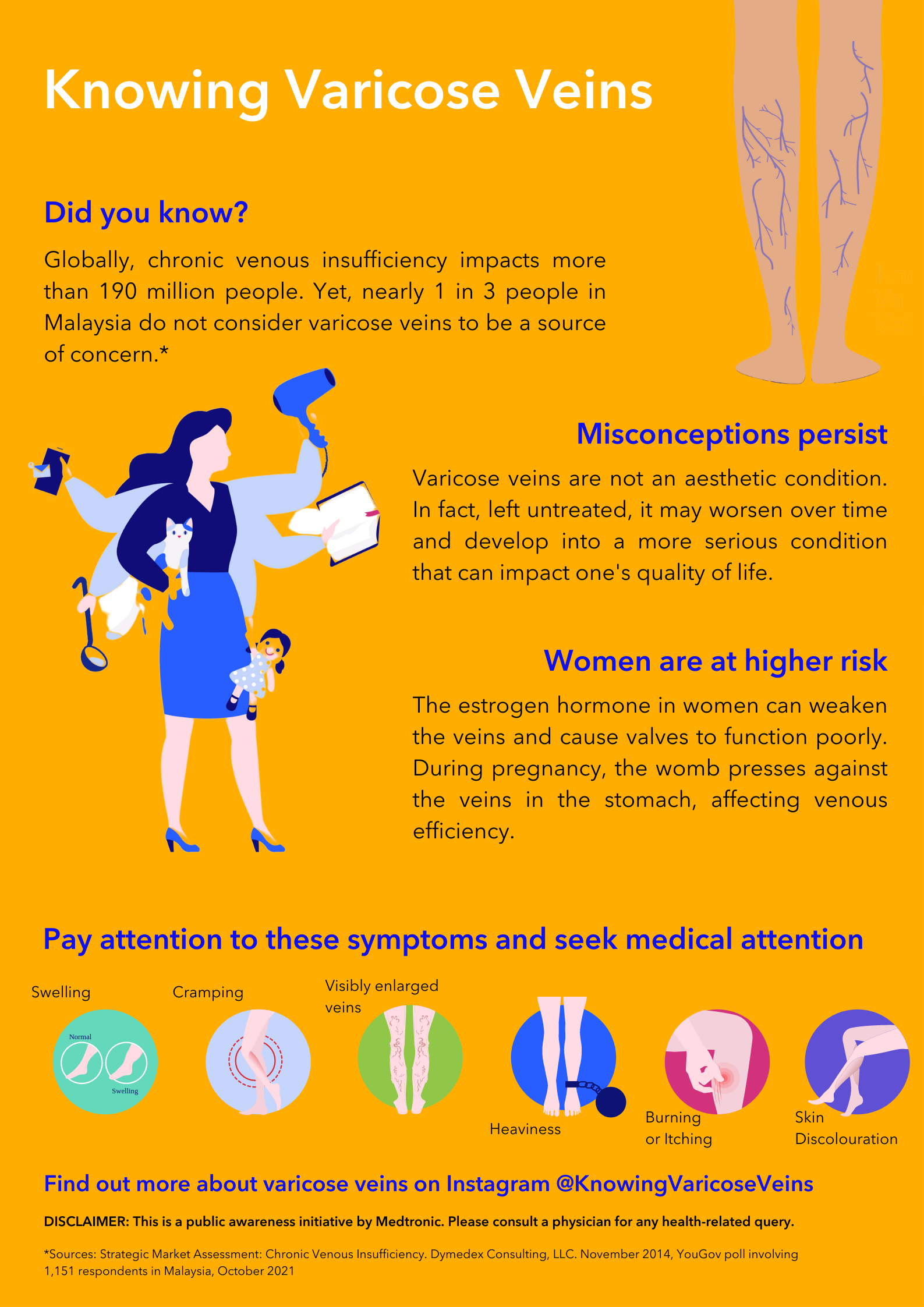
Methodology
This survey was conducted using an online interview administered to members of the YouGov Plc panel of individuals who have provided explicit consent to partake in the survey.
Premised upon a base sample, random sampling was conducted to identify panelists. Emails containing a generic survey link were then sent to the selected panelists, inviting them to take part in the survey. Upon clicking the given link, panelists are directed to the survey that is pre-determined for them based on what they are best suited for, according to the sample definition and quotas. (The sample definition could be “Malaysia adult population” or a subset such as “Malaysia adult females”).
Survey invitations do not expire, and respondents can be sent to any available survey. The survey responses are then weighted to the profile of the sample definition to provide a representative reporting sample. Usually, profiles are normally derived from census data, subject to availability. Should that be absent, profiles will then be sourced from industry-accepted data.
Demographic of Respondents
Of the 1,151 survey respondents, 43% of them were male and 57% of them were female, with 48% of them employed and working full time. Most respondents fell under the 18-24 and 25 to 34 age groups, at 29% and 35% respectively. The 55+ age group received the least number of respondents (5%). Most respondents identified themselves as “Generation Z” and “Millennials”, with a percentage of 29% and 48% respectively.
68%, 23%, 7% of the survey respondents were Malay, Chinese, and Indian respectively. Most respondents resided in the Central (KL, Selangor, Negeri Sembilan, Putrajaya) regions, comprising 40%. In terms of familial circumstances, 50% of respondents were single, and 40% do not possess children under 18. Most respondents have a diploma, vocational education, or university degree and income
levels fell between a huge range of RM 999 and below RM 5,999 (age group and education levels were not linked to this finding).
81% of respondents identified Facebook as their dominant social media platform, followed by Instagram at 71%, Twitter at 48%, and LinkedIn at 26%. The most common messaging platform used by the respondents is WhatsApp at 90%. 74% of respondents also identified YouTube as a widely used platform.
Key Findings
Varicose veins do not pose a serious threat to individuals, possibly due to the lack of awareness of the complications of varicose veins and the availability of treatment and medical help.
- 37% can identify muscle aches and throbbing in affected areas
- 31% can identify numbness in affected areas
- 42% of individuals do not possess any awareness of the complications
Individuals have not observed nor taken any precautions on treating varicose veins, mainly because they do not think that they possess varicose veins.
- 41% showcased a lack of treatment awareness for varicose veins
- 31% identified varicose veins as not be a source of concern
- 28% identified cost concerns and 19% identified the administration of home remedies for the lack of consideration for professional medical treatment
Most individuals believe that seeking professional medical help (39%) is the most likely method they would consider if they had varicose veins.
- It is also perceived that home remedies such as compression tights and herbal medicine (32%) can treat varicose veins.
- 24% of individuals believe that varicose veins do not hinder their day-to-day activities and can easily be covered up with clothing.
Conclusion
There seems to be a sentiment amongst individuals that varicose veins are not a severe enough threat to encourage prevention or action, possibly because there is low awareness of varicose veins and their possible treatment options.
There seems to be an unknown risk of varicose veins amongst at-risk individuals as seen in how 31% of individuals do not consider varicose veins as a source of concern. This is made even more pertinent when individuals perceive home remedies or alternative methods such as covering up the varicose veins as preferable means to deal with their condition. While it is comforting to note that the sentiment of individuals in Malaysia on perceived treatment pivots towards obtaining professional medical treatment. It is crucial to showcase to target groups that varicose veins are an easily treatable condition
with minimally invasive treatment options, so that individuals can regain confidence and resilience to continue their day-to-day activities.
Furthermore, knowledge of varicose vein treatment is low, since 41% of respondents are unaware of treatment options and even perceive treatment to be costly. Hence, campaigns should continue to enable individuals to possess sufficient information, treatment, and specialist care available to dispel myths and correct misperceptions about varicose veins. In linking individuals up to specialists, there can possibly be an increased likelihood of patients shifting their perceptions and reaching out to professional medical help for diagnosis and treatment advice.
All figures, unless otherwise stated, are from YouGov Plc. The total sample size was 1,151 Malaysia adults. Fieldwork was undertaken between 14 October to 19 October. The survey was carried out online. The figures have been weighted and are representative of all adults (aged 18+).
Annex
Survey Questions
Have you observed enlarged, twisted, and visible veins in any of these areas? Select all that apply.
- a) Legs – calves and thighs
- b) Feet
- c) Arms
- d) Torso
- e) Others – please specify
- f) Not applicable – I do not have varicose veins
Which of these actions have you taken or will take as a result of enlarged veins? Select all that apply.
- a) Home-treatment options – use of compression tights and herbal remedies
- b) Sought professional medical help
- c) Covered affected areas with clothing because it does not affect my ability to do work
- d) Others – please specify
- e) Not applicable – I have not taken any actions as a result of having varicose veins
[If a, c, or d selected in Q1] Which of these are your reasons for not seeking professional medical help on having varicose veins? Select all that apply.
- a) Varicose veins are not a concern to me
- b) I am already using home-treatment options for varicose veins
- c) I am unsure about the treatment options and clinics available
- d) Professional medical help would be too costly
- e) Others – please specify
Which of these complications of varicose veins were you aware of before today? Select all that apply.
- a) Numbness in the areas affected
- b) Muscle aches and throbbing in areas affected
- c) Bleeding and open sores in areas affected
- d) Loss of mobility in areas affected
- e) Others – please specify
- f) None of these

